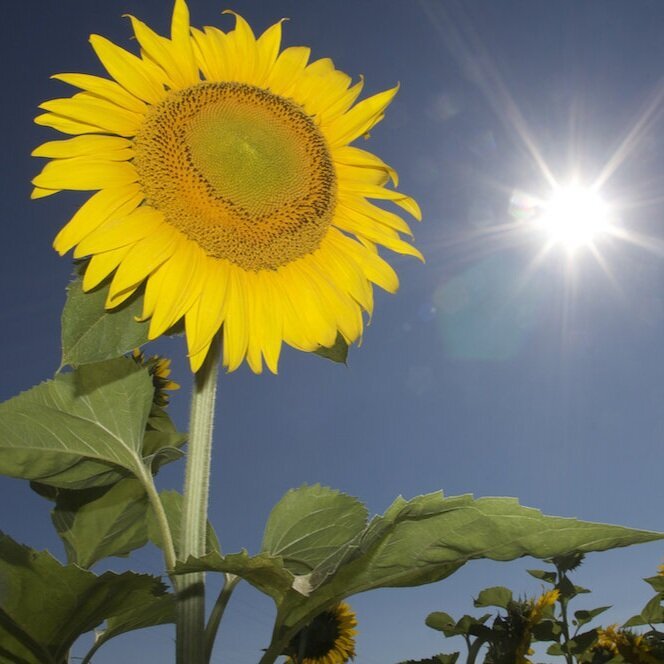Math in Flowers - Symmetry, Fibonacci, and a Fun Video
Radial symmetry, each petal grows equally from a central axis.
Flowers, and nature in general, exhibit mathematical patterns in a number of ways. Once you start noticing the patterns, you can pick them out in nearly every species. In this article you will learn about petal symmetry and how the fibonacci sequence creates spirals in nature.
All petals are leaves that have been modified by the plant to both protect its reproductive organs, and attract pollinators to them.
Most petals are symmetrical in some fashion- some are arranged radially, like the pink petals of the flower above are arranged around the red central bud.
Others may be bilaterally arranged, like lavender or heather flowers that grow on a long stalk and can be cut in equal halves down the center of the stalk, like the white flowers below.
Regular flowers, like a buttercup, have petals that are all relatively the same in size and shape. Irregular flowers, like orchids, are arranged on at least one plane of symmetry.
Bilateral arrangement, cut any stalk down the center and you have two equal halves., Winter Heather (Erica carnea)
Fibonacci Sequence - 0, 1, 1, 2, 3, 5, 8, 13, 21, 34, 55, 89, 144...
First written about in 6th century India, the Fibonacci sequence has powerful applications in nature. The basic principle is that if you add the two preceding numbers, you get the third number - for example, 0 + 1 = 1, 1 + 1 = 2, 1 + 2 = 3, 2 + 3 = 5 and so on.
When you graph this pattern you get something called a golden spiral. In mathematics the golden ratio that produces this spiral has many applications. In nature it can be seen in plants, shells, snails, genetics, storm pattern, galaxies… all kinds of places.
The Fibonacci sequence in a graph, and a spiral aloe (Aloe polyphylla) exhibiting the same pattern
The family tree of a male bee
The pattern also appears in the family tree of bees. An unfertilized egg hatches into a male bee, while a fertilized egg hatches into a female bee. So a male bee has 1 parent, 2 grandparents, 3 great-grandparents, 5 great-great-grandparents etc.
It also appears in how humans inherit the female X chromosome, but that explanation is far too complex for this post.
The emerging fronds of a silver fern (Alsophila dealbata)
In plants, this pattern usually reflects the most efficient way for it to grow, as can be seen with the tightly packed seeds of this sunflower. It allows seeds to pack into any given space in the tightest possible formation.
34 blue spirals veer from the center towards the right, while 55 red spirals veer to the left. To ensure that the maximum amount of seeds fills the space, each seed grows at about 137.5 degree angle from the last. That irregular angle places each seed in a way that naturally forms these spirals.
The video below is an adorable and fun explanation, while popmath.org has a great written explanation as well.
Vihart is a youtube blogger and super genius who makes fun videos about math. Her animated story, What was up with Pythagors? cracks me up and shows a great way to think of numbers.


























